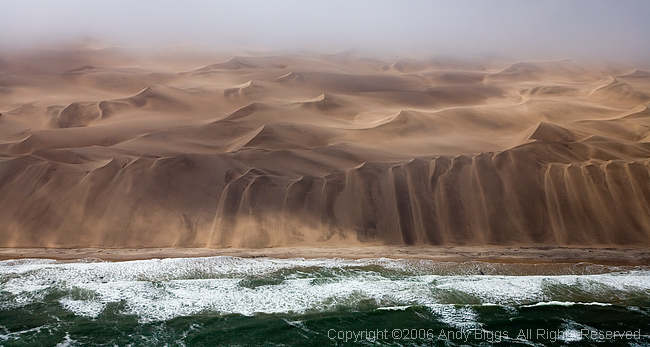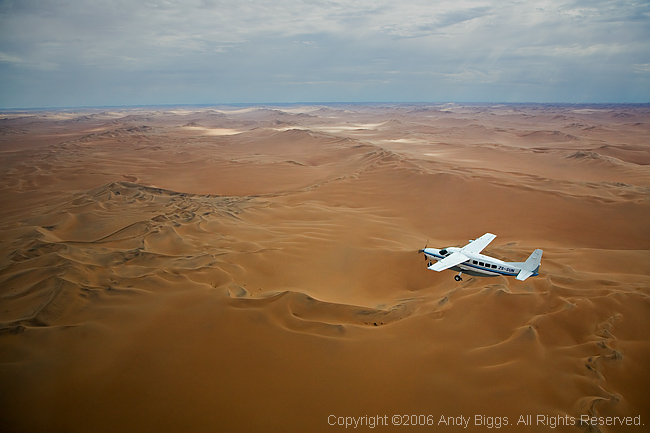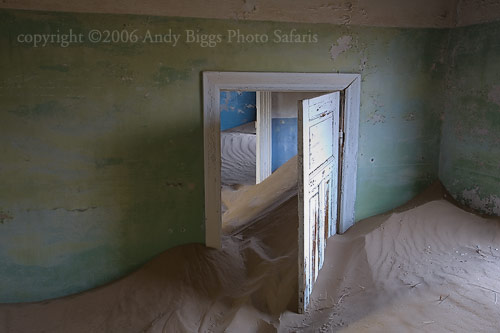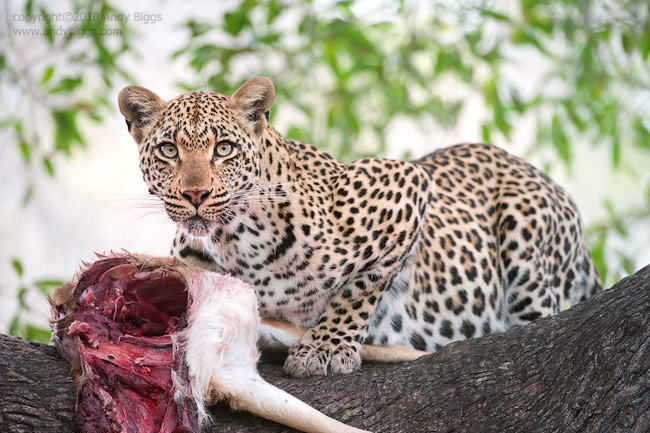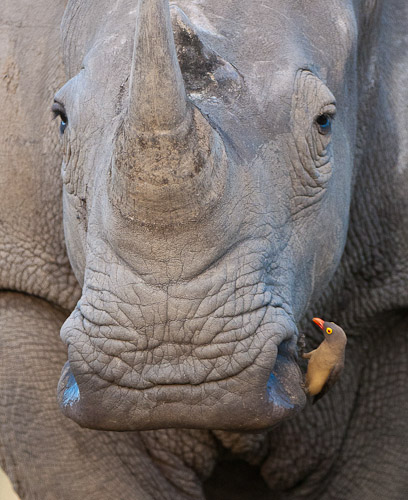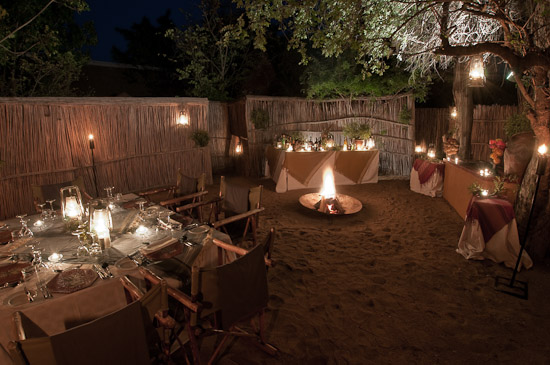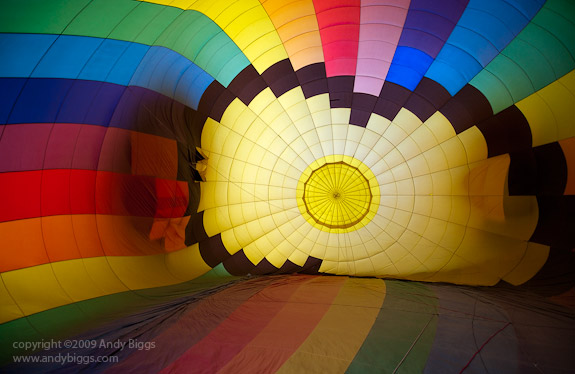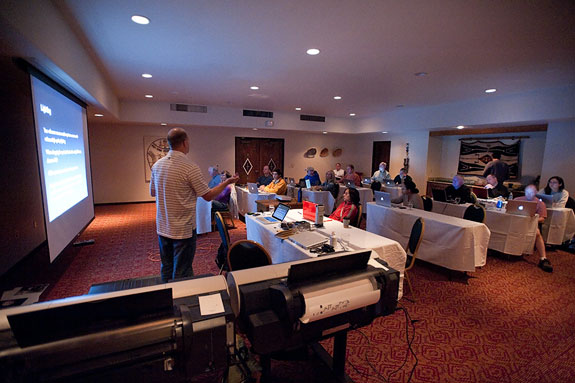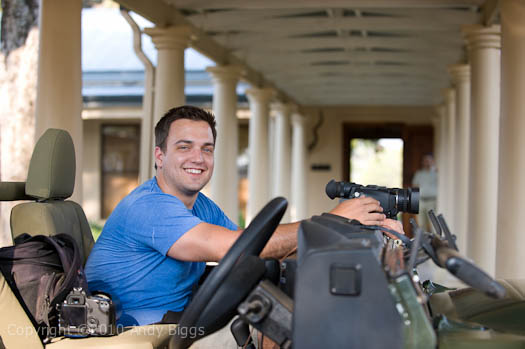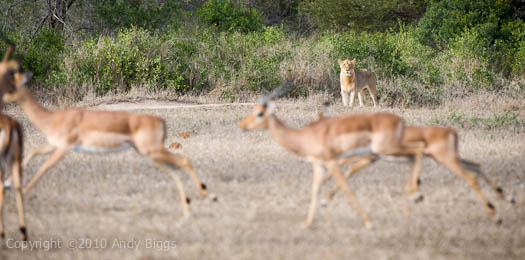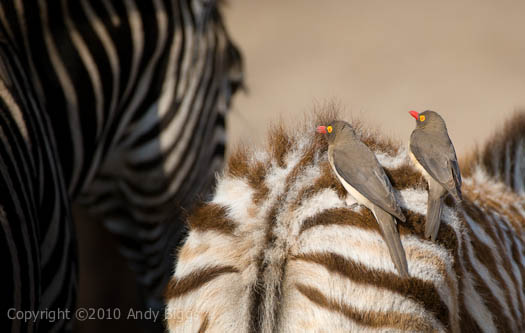Today was the last day of my second safari, and I was very sad to leave Mala Mala. Mala Mala is a very special place, and I plan on spending more time in the Sabi Sands in future years. For me the Sabi Sands area is all about high value photographic subjects in a short amount of time, and it makes for an excellent photographic destination for predators. For that reason I will be back in a few months to run my Leopards of the Sabi Sands trip in early November. I cannot wait to get back.
This morning’s game drive needed to be short, primarily due to the timing of our plane flight back to Johannesburg. We were out by 6:30am, and were back in camp by 8:45. In that short period of time we watched a herd of 36 elephants cross the airstrip, as well as watch the largest male leopard on the reserve, Emsagwen Male, go out on a patrol of his territory. What an awesome way to end the safari. Between our safari group we had 9 sightings of leopards in 4 days. That averages to more than 1 leopard per game drive. What surprised me was that a cold front blew in a few days ago, bringing along high winds, and that typically makes for difficult game viewing. When we have high winds it makes it difficult to hear bird calls, and those calls are one of the things that we rely on to identify and track predators. Additionally, the high winds and cold temperatures cause grazers and browsers to hunker down in the dense woodland, and your prey species are also difficult to locate. It is like somebody stole all of the wildlife. On this safari we relied on good old fashioned visual sightings, as well as using paw prints in the dirt and sand to locate our predators. Even looking for paw prints is difficult, as it is problematic to be able to tell the age of a print when the granules of sand have been swept into the paw print area in a short amount of time.
After our time with Emsagwen Male, we drove quickly back to camp for brunch. On the way back we followed a mother rhino with her baby that couldn’t have been more than 2 or 3 weeks old. A nice parting gift for us! But wait, there is more. It started to rain ever so slightly, and a rainbow appeared over the camp in the distance. And then it happened: a double rainbow. A double rainbow, but not the kind where I sound like I am going to cry and then ask “what does this mean?” as if I were stoned as in the YouTube video.
We departed camp by 11 and headed to the airstrip. We said goodbye to our ranger friends and boarded our plane for Johannesburg. The flight only took 1 hour, and after we arrived the whole group split off into different directions. I have to say that I am honored and privileged to have a business where my customers also turn out to be my friends. I am doing what I believe I was put on this earth to do, which is to share my love of photography, Africa and adventure with other people. I couldn’t be in a better profession for my skill sets, as well as my passions.
Note: All images in these daily blog postings are very very rough edits of the things we have seen, and I often omit the photographs that take too much time to process. I don’t take much time off during the day, as I am working with people with their photographic needs. All of my images in these posts will have to be re-processed when I get back home, and they are only included in these blog entries for illustration purposes only.
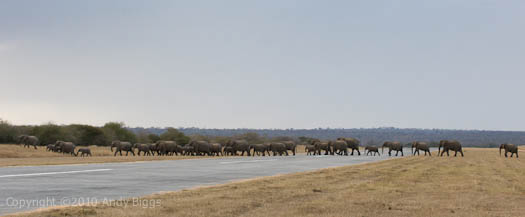
A herd of 36 elephants crossed the airstrip this morning. What a sight, but challenging to photograph
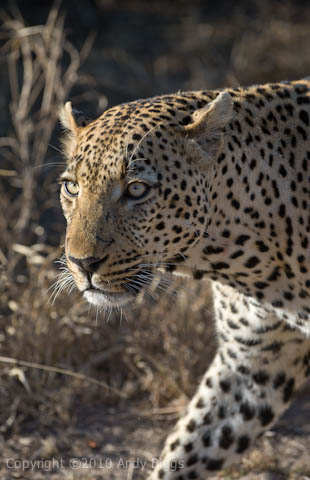
The Emsagwen Male leopard

Double Rainbow all the way. What does this mean?
 Wednesday, May 9, 2012 at 04:02PM
Wednesday, May 9, 2012 at 04:02PM 